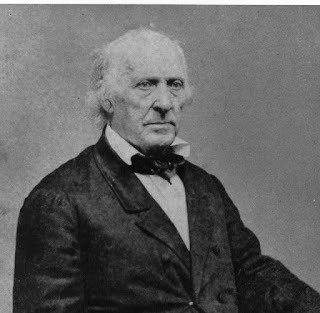
Dr. John Todd
Dr. John Todd: Pioneering Advances in Alice in Wonderland Syndrome
Introduction
In the realm of neurology, there are individuals whose dedication and innovative thinking have reshaped our understanding of rare and enigmatic conditions. Dr. John Todd is one such luminary figure, renowned for his groundbreaking work in the field of neurology, particularly for his contributions to the study of Alice in Wonderland syndrome (AIWS). This article pays tribute to the life and work of Dr. John Todd, shedding light on his achievements and impact on the medical community.
Early Life and Education
Born on February 4, 1914, in London, England, John Todd exhibited a keen intellect and an insatiable curiosity from a young age. He pursued his medical education at the University of Cambridge and subsequently at St. Thomas’ Hospital Medical School. After completing his medical studies, Todd delved into the world of neurology, driven by a desire to unravel the mysteries of the human brain.
Pioneering Contributions to Neurology
Dr. Todd’s contributions to neurology were diverse and far-reaching. His early work centered on epilepsy, a field that was undergoing significant advancements in the mid-20th century. He conducted extensive research on the classification and treatment of epilepsy, shedding light on various aspects of the disorder and contributing to the development of more effective therapeutic interventions.
Alice in Wonderland Syndrome: A Unique Phenomenon
However, it was Dr. Todd’s work on Alice in Wonderland syndrome that would secure his place in the annals of medical history. First described by British psychiatrist Dr. John Todd in 1955, AIWS is a rare neurological condition characterized by perceptual distortions. Individuals affected by AIWS may experience alterations in their visual perception, leading to distorted perceptions of objects and body parts. Additionally, they may perceive a distorted sense of time, space, and size, akin to the fantastical experiences described in Lewis Carroll’s literary masterpiece, “Alice’s Adventures in Wonderland.”
Through meticulous clinical observations and pioneering research, Dr. Todd provided critical insights into the underlying mechanisms of AIWS. His work helped demystify this perplexing condition, laying the foundation for further research and clinical interventions.
Treatment and Management
Dr. Todd’s holistic approach to patient care extended beyond the confines of the laboratory. He emphasized the importance of a comprehensive treatment plan, integrating pharmacological interventions with psychosocial support. This patient-centered approach has since become a cornerstone of modern neurology practice.
Legacy and Influence
Dr. John Todd’s impact on the field of neurology continues to reverberate through the work of subsequent generations of clinicians and researchers. His contributions to the understanding and management of epilepsy and AIWS have not only improved the lives of countless patients but also inspired new avenues of research and treatment.
Conclusion
Dr. John Todd’s indomitable spirit and insatiable thirst for knowledge propelled him to the forefront of neurology. His pioneering work in elucidating the enigma of Alice in Wonderland syndrome, along with his contributions to epilepsy research, have left an indelible mark on the medical community. Dr. Todd’s legacy serves as a beacon for aspiring neurologists, reminding us of the boundless possibilities that await those who dare to venture into the uncharted territories of the human brain.
